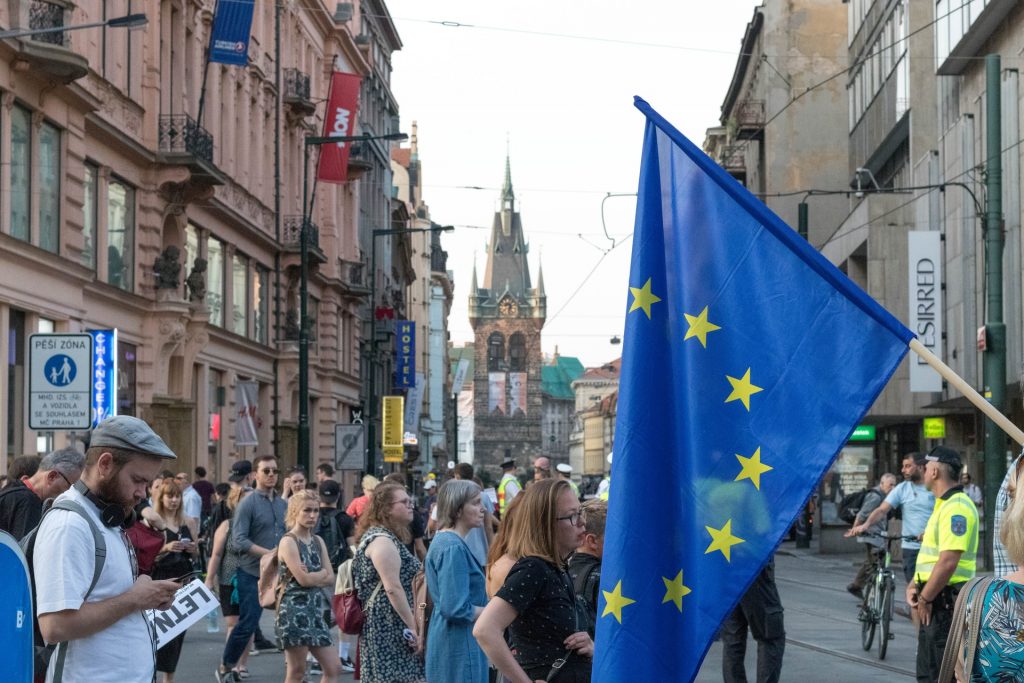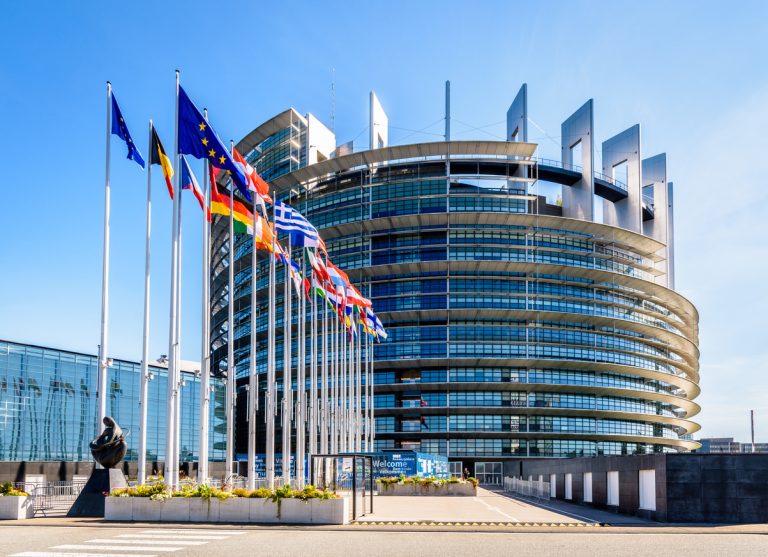Cases are beginning to rise in many European countries and as such the European Center for Disease Prevention and Control (ECDC) has outlined new restrictions among its member states.
During the last seven days many EU countries, including these 11 member states (listed alphabetically, not by case rate): Austria, Belgium, Bulgaria, Croatia, Estonia, Ireland, Latvia, Lithuania, Romania, Slovakia, and Slovenia, have all seen a rise of cases. All of these countries are currently categorized as dark red countries by the ECDC, meaning that more than 500 infection cases per 100,000 residents.
While Romania, Austria, and Bulgaria have registered the highest infection rates, the ECDC strongly discourages travel to these areas for those who aren’t fully immunized and urges those who must travel to follow local guidelines.

Other countries that have moved into the red category, 200 cases per 100,000 residents in the last two weeks, include Finland, Germany, Iceland, Norway, Poland and Sweden. Travelers to these countries must hold the necessary documents while traveling but the ECDC still discourages travel to these areas.
For those looking to travel within the EU, the ECDC has stated that over the last couple of weeks the situation in Italy, France, and Portugal has remained the same and are the safest destinations to travel to at the moment.

The World Health Organization (WHO) has been warning of the recent spike of Covid-19 cases for several weeks and while the global curve of positive cases is tracking down, Europe’s has been going up for three weeks in a row.
While cases rise, some countries like the Netherlands and Belgium are reintroducing stricter restrictions to curb infections.

